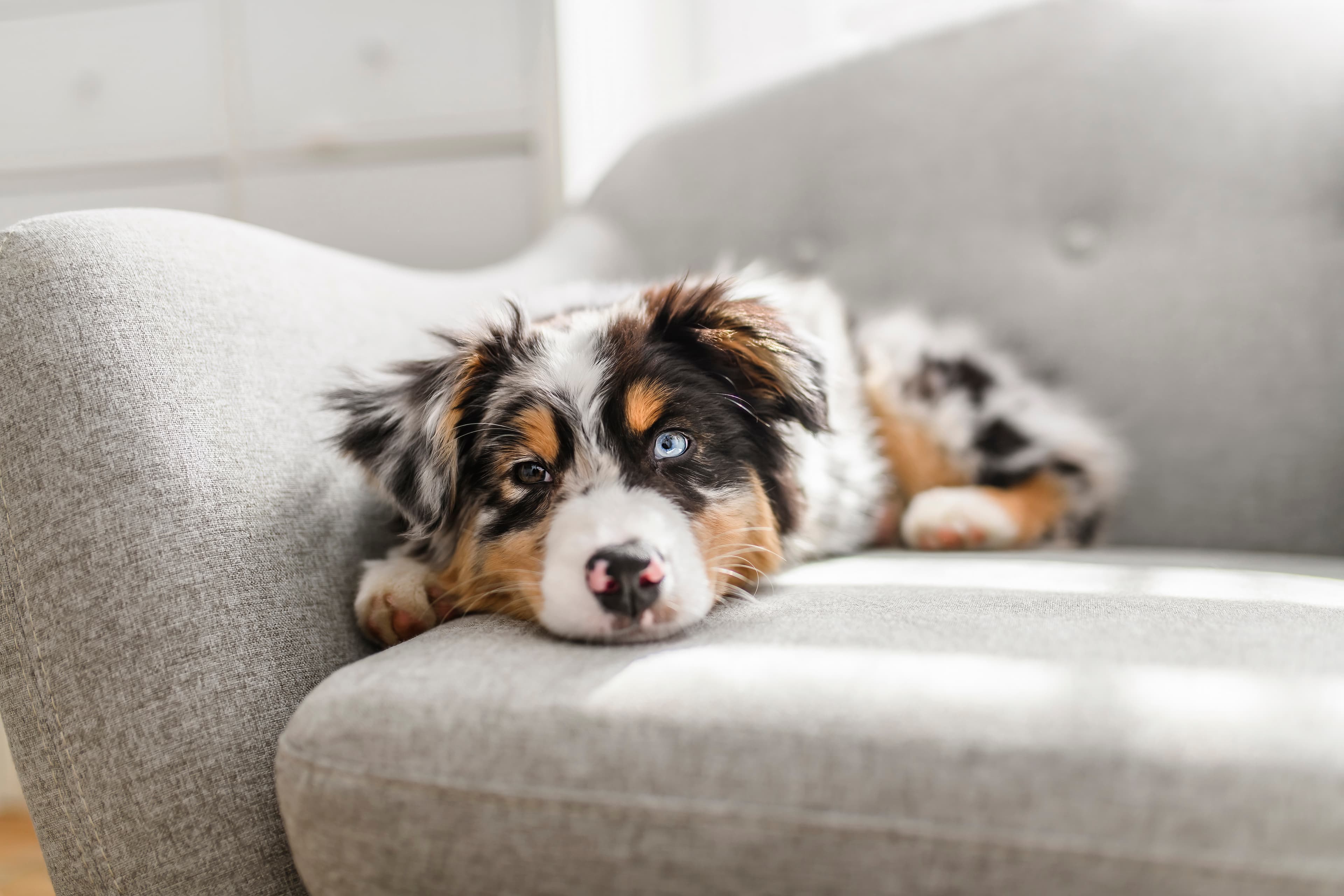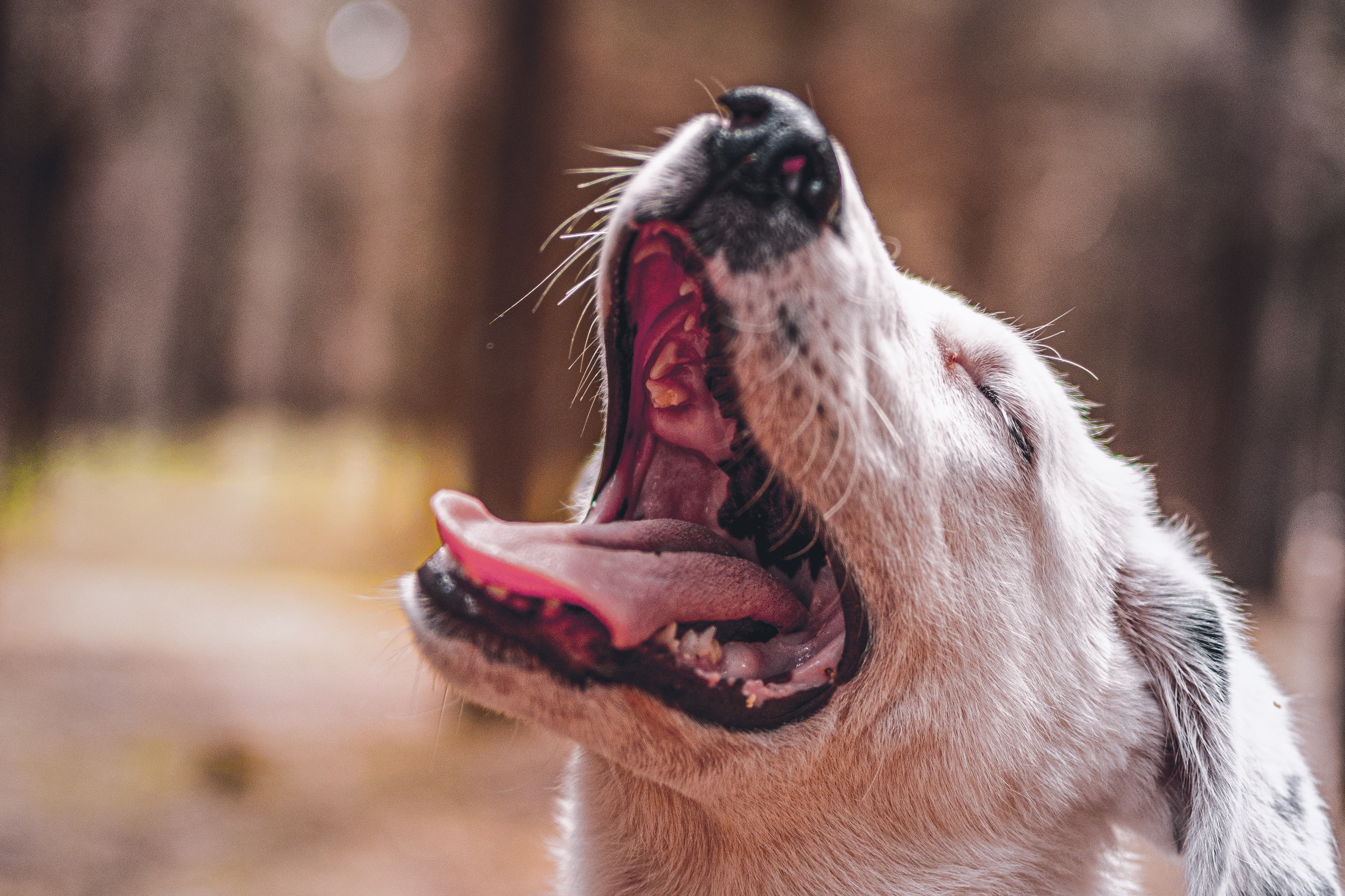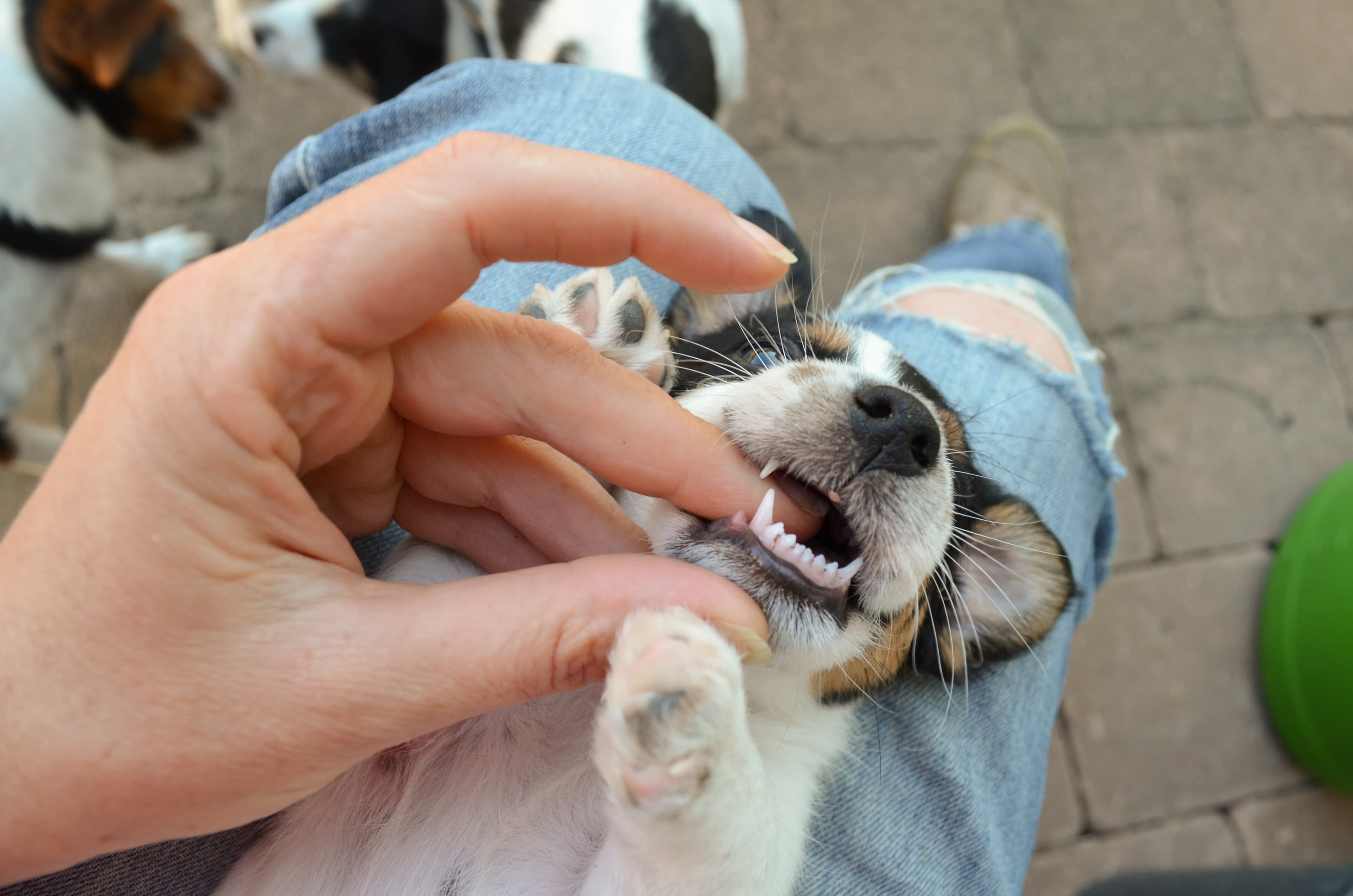When the puppy suffers from lameness
Limping is always an expression of pain and something you should be extra vigilant about and take seriously. It is also particularly important to be vigilant when your puppy or growing dog is affected by lameness. Breeds that will be large when they are full-grown are more likely to have problems with lameness than smaller breeds.
There are many different reasons why puppies or young dogs suffer from lameness. It can be due to rough play, injury to the paw or claw, or worse, a fracture. A further reason why you, as a young dog owner, should be extra vigilant if your dog has a limp, is because some individuals can suffer from growth disorders in the joints. These are of course important to detect and diagnose early, so that the right treatment can be put in place at an early stage.
If your puppy is limping, we recommend that you gently palpate and press your puppy's lame leg, compare it with the other healthy leg and see if you notice a difference. You should then ask your vet for advice before you probably need to go to the vet to localise the pain.
Feed your growing dog a balanced diet and make sure he doesn't become too overweight. Being overweight puts more strain on the joints and the entire musculoskeletal system. Keep an eye on whether your puppy or young dog is limping and always consult a vet if the lameness does not disappear immediately.






